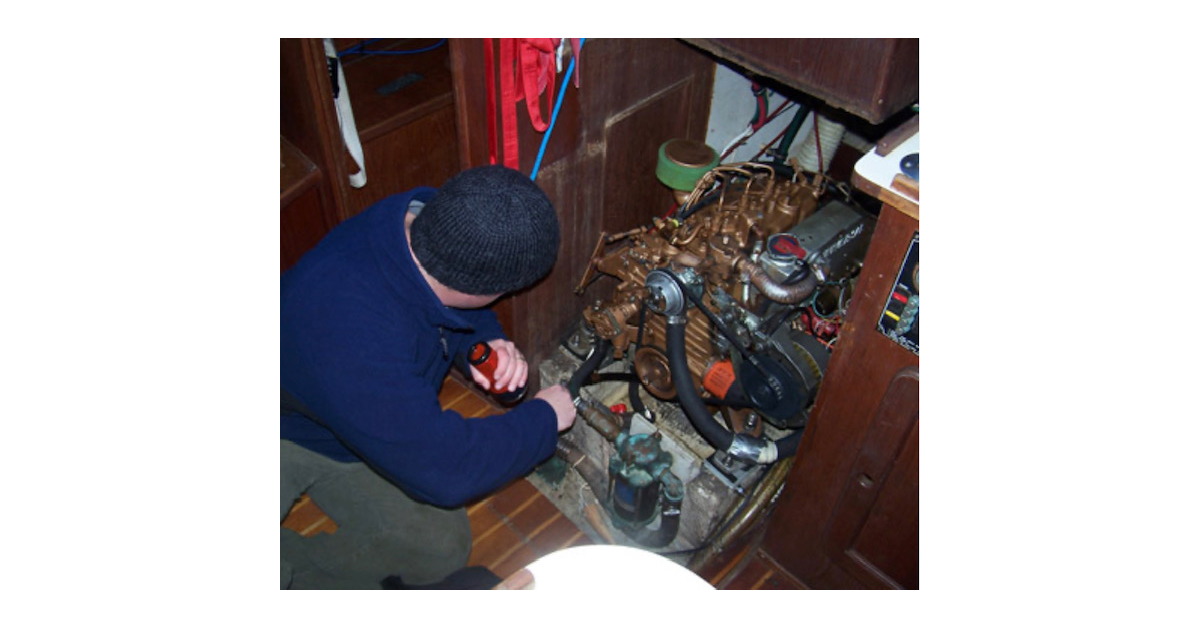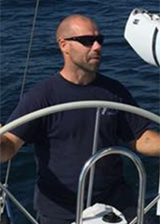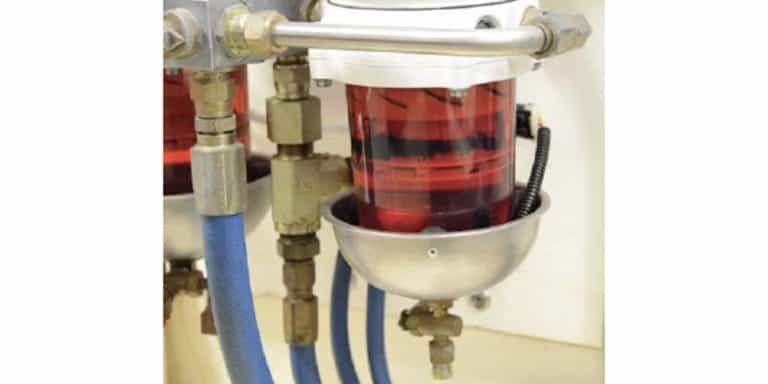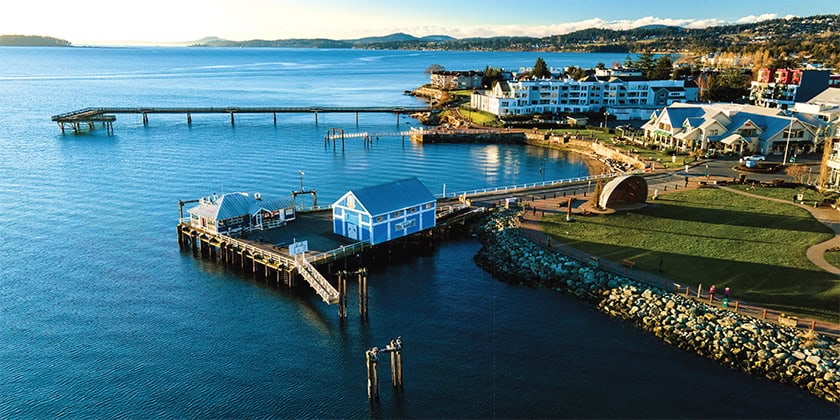Ask Andrew: Pre- haulout checklists

Oct 12, 2023
review of the engine systems
Boat yards, marinas and yacht clubs are bustling with activity this time of year – boats are being hauled, trailered, stored and otherwise decommissioned for the winter season. I separate the activities that take place at the tail end of the season into three parts:
- Pre-haul out – These are the items to focus on before the boat is out of the water (or before winterizing takes place) as a crucial step in preparing the boat (including it’s engine and systems) for the final acts of winterizing and covering/storing. This step is the subject of this article.
- Winterizing – Is the final act of putting the engine and associated systems to bed for the winter – these steps are crucial in ensuring that winter damage is prevented.
- Covering and storing – is the final step, post-winterizing to protect the boat from the elements for the winter.
Boaters tend to be hands-on and active folk: We like to plan and understand the ins, outs and why’s of each action we take. This article will focus on the ‘pre-haul-out’ steps that should be done to get things ready for the winterizing steps that take place once the boat is in its final stored location for the winter. These pre-haul-out steps can be done in water, before haul-out, or on your last ride of the season, or even the morning that you move the boat from its slip to the launch ramp.

an inboard marine oil change
- Oil change. An oil change (for inboard engines) is easier to perform in the water. You’re able to run the engine to temperature much easier, in turn this allows the oil to become warm, thin and easy to extract or drain. I tend to prefer performing oil changes in the fall, as it removes any water or contaminants before sitting for 5 months. This allows an easier start-up in the spring.

draining water from the bilge
- Cleaning the bilges. Sometimes easier said than done – and a balance must be struck between environmental contamination and cleaning the boat’s interior. If there is excess water in the bilges, this is a great time to return it to where it belongs.
- Adding stabilizer or biocides to the fuel system. These products help maintain the fuel’s integrity as it sits in the tanks over the winter – but it will only have the chance to run through all the filters and lines if the fuel is stabilized in-water, and the engine is allowed to run off the stabilized fuel.
- Topping up the fuel tank. There are two schools of thought: The first is that the fuel tank should be left empty for the winter, ensuring that the fuel doesn’t sit and go ‘bad’ over the winter. The flip side to this is that the tanks are prone to developing condensation which will water-down any fuel that is added in the spring.
The other school of thought says that you should fill the full tank, thus eliminating space for condensation to form, but storing more fuel that, unless treated correctly, could go ‘bad’. I’m a fan of filling the fuel tank and stabilizing the fuel correctly.

replacement of a water-separating fuel filter
- Draining and replacing water-separating fuel filters. This ensures that no water remains in the fuel system (which could freeze and crack over the winter), and will allow and easier start-up in the spring.
- Charging the batteries. Conventional lead-acid type batteries perform based on a chemical reaction with the fluid and lead plates. When the batteries are depleted, the fluid is essentially water. As the batteries are charged, the molecules swap with a chemical reaction turning the fluid into sulphuric acid. This is important as temperatures begin to drop: Sulphuric acid doesn’t freeze and expand…but water does. The only way to keep lead-acid batteries safe and intact for the winter is if they are fully charged before they are stored.
- Draining water tanks, live wells, and traps. Returning the water to where it belongs is usually easier when the boat is still in the water.
- Checking for leaks. Often easiest to do in the water – whether checking the integrity of the stuffing box, or looking at windows and hatch seals, this is a great time to identify the source of water entry.
- Marking lift points – before the boat is ready to be lifted by a travel lift or crane, its easiest to identify and mark the place where slings can best lift, protecting the hull and distributing weight.
- Checking over the trailer. Before loading and storing a boat on the trailer for the winter, now is the ideal time to check trailer lights, tire tread, tire pressure, wheel bearings and brakes.
- If your boat is cradled or supported on stands, now is the time to ensure that your cradle or stands are in good repair, structurally sound, set out level and with a solid base to support your boat
- Arranging for service – if you’re bringing in a contractor, mechanic, or boat yard into the mix, now is the time to make sure that you have service lined up, and contracts arranged for storage, winterizing, shrink-wrapping or services.
- Making your off-season to-do list. I always find it easiest to identify and prioritize off-season projects when the boat is in-water, and you can move through the boat and find the items that need the most attention.
- Removal of stuff: food, water bottles, books, cushions, clothes, towels, sails, fishing gear. This is often easier to do while the boat is at dock (rather than via ladder). Removal of this stuff serves multiple purposes: removing items that can freeze, go bad, attract critters, or grow mold and mildew. Additionally, this removes stuff that can make winterizing and repairs more difficult. Less stuff = more space to move around and complete tasks that need to be done.

Andrew McDonald is the owner of Lakeside Marine Services – a boat repair/maintenance firm based in Toronto. Andrew has worked in the marine industry for 12 years and is a graduate of the Georgian College ‘Mechanical Techniques – Marine Engine Mechanic’ program.
Questions or comments for Andrew? Email him directly via: askandrew@lakesidemarineservices.ca





























